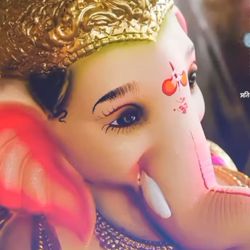

HISTORY
- The beginning of football in India can be followed back to mid-nineteenth century when the game was presented by British troopers. At first, games were played between armed force groups. Notwithstanding, clubs were before long set up around the country. Calcutta FC was the main club to be set up in 1872, however reports propose that they were at first a rugby club and changed their considerations to football as late as 1894. Other early clubs incorporate Dalhousie Club, Traders Club and Naval Volunteers Club.[5] Several other football clubs like Sovabazar, Mohun Bagan and Aryan Club were set up in Calcutta around the 1890s. Calcutta, then, at that point capital of British India, before long turned into the center of Indian football. Competitions like Gladstone Cup, Trades Cup and Cooch Behar Cup was additionally begun around this time. The Durand Cup and IFA Shield were both begun in late nineteenth century.
- The primary Indian group to make progress was Sovabazar Club, which won the Trades Cup in 1892. Mohun Bagan Athletic Club was set up in what is currently West Bengal in 1889. The club got well known in 1911 when it turned into the principal Indian group to lift the IFA Shield, a competition recently won exclusively by British groups situated in India. It crushed the East Yorkshire Regiment 2–1 in the last of the competition in a triumph that is as yet viewed by numerous individuals as the best success by an Indian group before Independence.
ABOUT INDIAN TEAM
- The India national football team is the national football team of India and is governed by the All India Football Federation. It is a member of the Asian Football Confederation. Since 1948, the AIFF has been affiliated with FIFA, the international governing body for world football. In 1954, AIFF became one of the founder members of the Asian Football Confederation (AFC).
- At the peak of its success during the 1950s and 60s, the team was automatically advanced to play in the 1950 FIFA World Cup (all the other Asian teams withdrew), but ultimately they did not go to the tournament in Brazil due to the cost of travel,[7] lack of practice time, team selection issues, the issue of the AIFF valuing Olympics over the World Cup, and, unusually, their instance on playing barefoot when FIFA required all players to wear football boots.[15] They won gold medals at two Asian Games, and held the record for the best performance by an Asian football team at the Olympics.
- FUTURE IN FOOTBALL
Star defender Sandesh Jhingan says the young batch of Indian players are a motivated lot with just the right balance of aggression and calmness which made his life easier as he led India to a 1-1 draw against Oman.
When the 27-year-old Jhingan had walked out to lead the country, six debutants followed him. Post the final whistle, the number of debutants went up from six to 10 with another four coming on from the bench during the course of the match.
"One thing I can say for this batch is that I need to use the least words for them because they are already so motivated and mentally pumped up for the game," Jhingan told AIFF.
"Of course, you need to be calm and intelligent. But you need to have some aggression to win your duels. The boys have it, they have the aggressiveness. And they also have a calmness when they get the ball. My job as a captain was easier."














